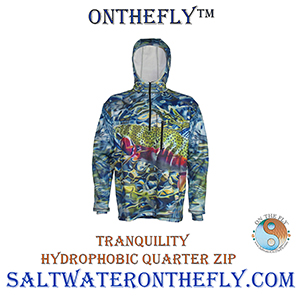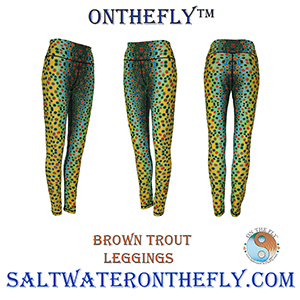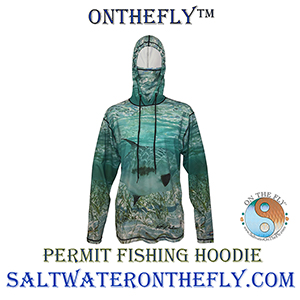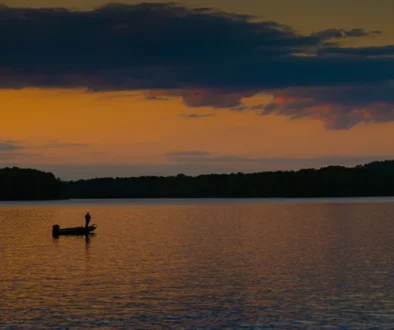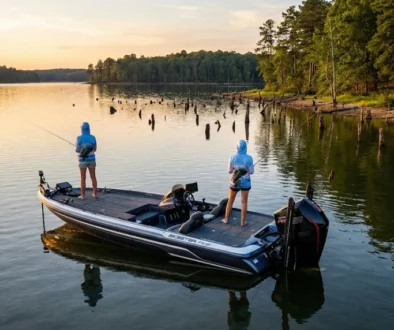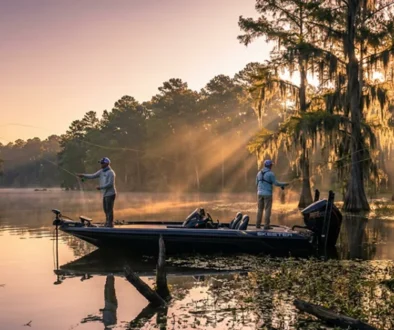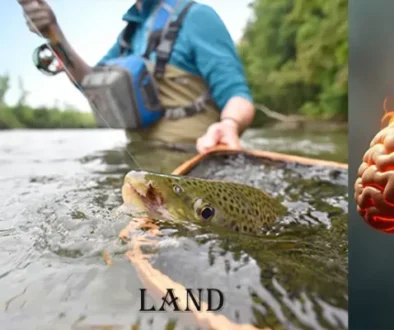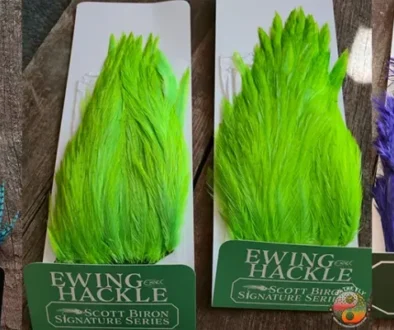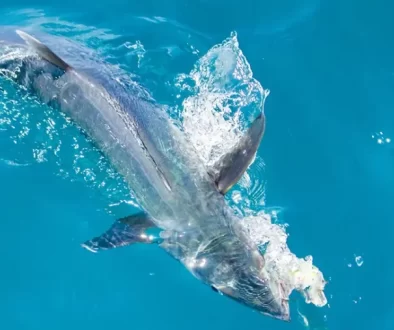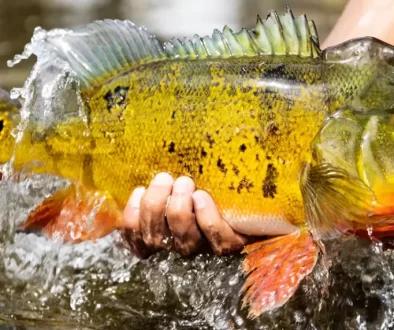Surf Fly Fishing for Striped Bass in New England
by Craig Lamb
Ever felt the thrill of casting a line into the frothy surf, anticipating the tug of a striped bass on your fly? Welcome to New England, where saltwater collides with tradition in an angler’s dream. Surf fly fishing here isn’t just about catching fish – it’s stepping into centuries-old footprints left by American colonists.
The breakers whisper tales from past anglers and you’re writing your own story too. It’s all part of the journey – feeling the pulse of striped bass populations beneath crashing waves or watching for their feeding signs at dawn.
You’ll explore top spots like Montauk Point State Park and Brenton Point State Park. We’ll dive deep into understanding these fascinating creatures’ behavior, preferred habitats, and migration patterns. And we’ll equip you with knowledge about tackle essentials needed for this sport along with tips on baiting strategies
In 1623, a fishing trip aboard the Mayflower (yes, that Mayflower) yielded enough striped bass to feed the first American colonists for three months, according to historical accounts. In colonial New England, the fish were treated like royalty, with the first ever conservation measures taken to protect them.
Today, striped bass remain a prized game fish with coastal anglers catching them in the surf, as it’s been done in New England for more than a century. As fishing tackle gets more technical and refined, more and more anglers are taking on the challenge of landing striped bass by fly fishing. And of course, there’s no better destination to do it than New England, where history and legend come together. The spring and fall runs, and productive surf fishing during summer make the coast ideal for a fly fishing challenge.
Table Of Contents:
- The Rich History of Surf Fly Fishing in New England
- Top Destinations for Surf Fly Fishing in New England
- Understanding Striped Bass Behavior and Habitat
- Recognizing Striped Bass Feeding Signs
- Tackle Essentials for Surf Fly Fishing
- Preferred Flies for Striped Bass
- Popular Fly Patterns for Striped Bass
- Best Times for Surf Fly Fishing in New England
- Conservation Measures for Striped Bass
- FAQs in Relation to Surf Fly Fishing New England
- In Conclusion of Surf Fly Fishing New England for Striped Bass
- Fly Fishing Gear for Surf Fishing Striped Bass
- Pick the Correct Apparel for Surf Fly Fishing
The Rich History of Surf Fly Fishing in New England
Surf fly fishing has deep roots in the sandy shores and salty air of New England. The sport’s rich history here can be traced back to Native Americans, who first discovered the thrill of hooking a striped bass from the surf.
Native American tribes, particularly those along the coastlines, relied heavily on fishing for sustenance. They were probably among the first to appreciate how effectively flies could mimic small fish or crustaceans and lure hungry stripers within reach.
Pilgrims: The First Sport Anglers?
When Pilgrims arrived in 1620, they quickly adopted these effective native techniques. There are accounts that some even took up fishing as a leisure activity – arguably becoming America’s earliest sports anglers.
Fly Tying Traditions Established by Early Settlers
In colonial times, tying flies became an established tradition with settlers using local materials like feathers from game birds or fur from mammals. Fly patterns developed during this era are still widely used today because they’re proven performers when it comes to catching stripers.
Rise of Recreational Surf Fly Fishing New England for Striped Bass
By the late 19th century, recreational surf fly fishing started gaining popularity amongst locals and visitors alike. It was then that iconic locations such as Montauk Point began earning their reputation as prime spots for angling adventures.
Sport Evolves with Modern Techniques & Conservation Efforts
Today, fly fishing in the surf is a hallmark of New England culture. Modern techniques and gear have certainly improved angler success rates, but conservation efforts ensure future generations will also get to experience this thrilling sport. Surf Fly Fishing New England for Striped Bass.
A Rich Heritage & Bright Future Ahead
The history of what? No sufficient info given. Could you please provide more details?
Surf fly fishing, deeply rooted in New England’s history, traces back to Native Americans and was honed by early settlers. It evolved into a popular recreational activity by the 19th century with iconic spots like Montauk Point earning fame. Today, it remains integral to the region’s identity due to modern techniques and conservation efforts.
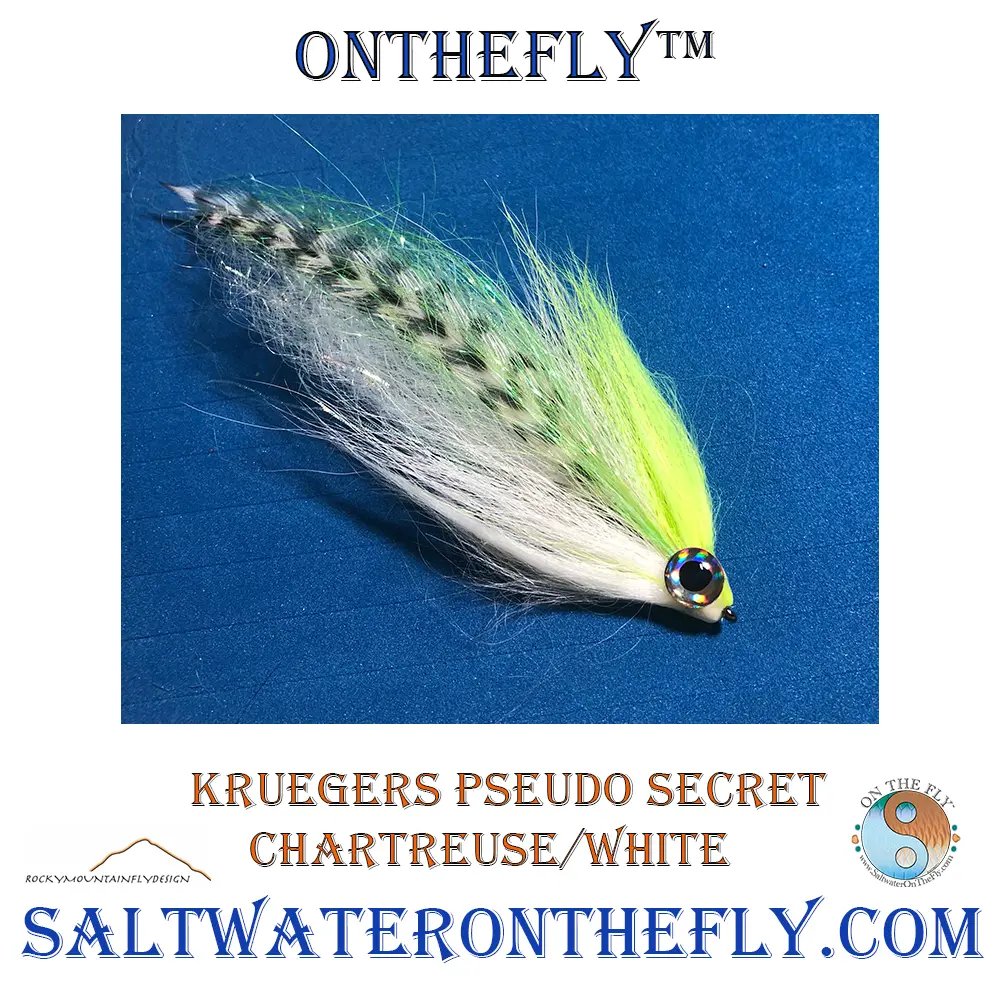

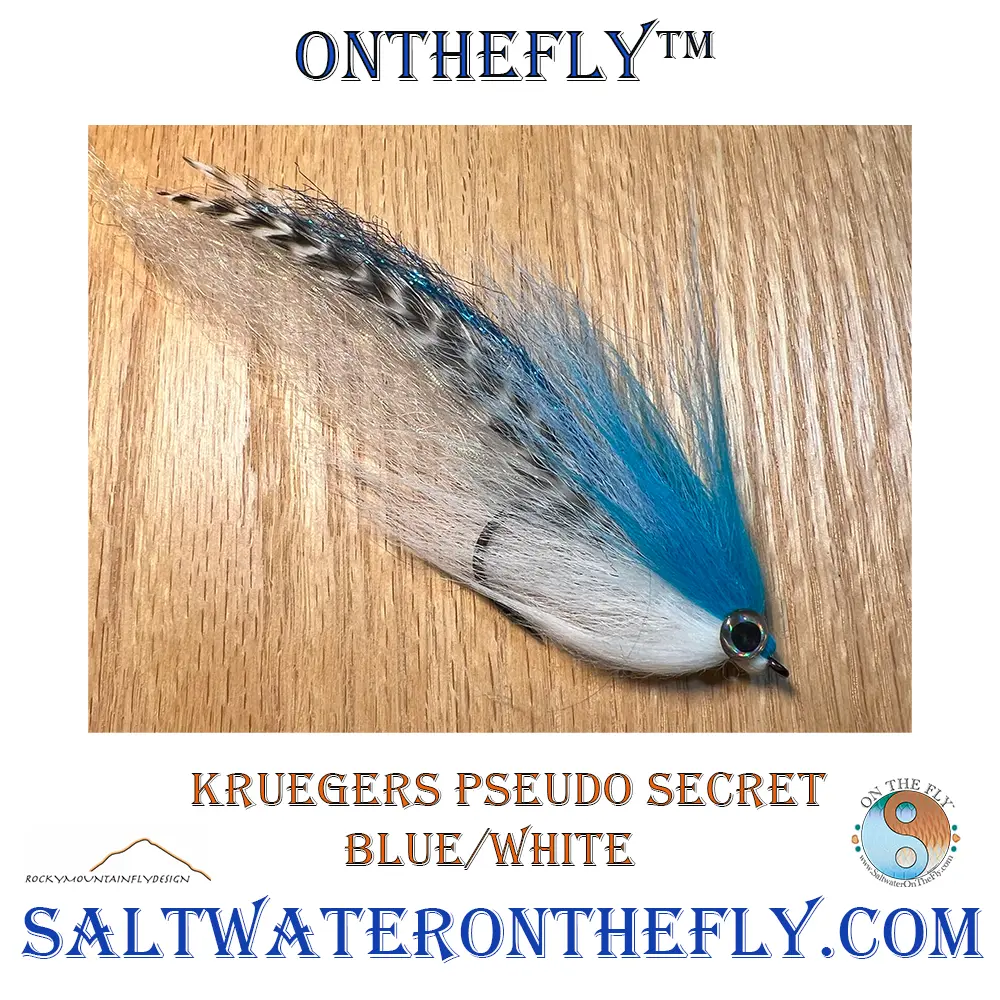
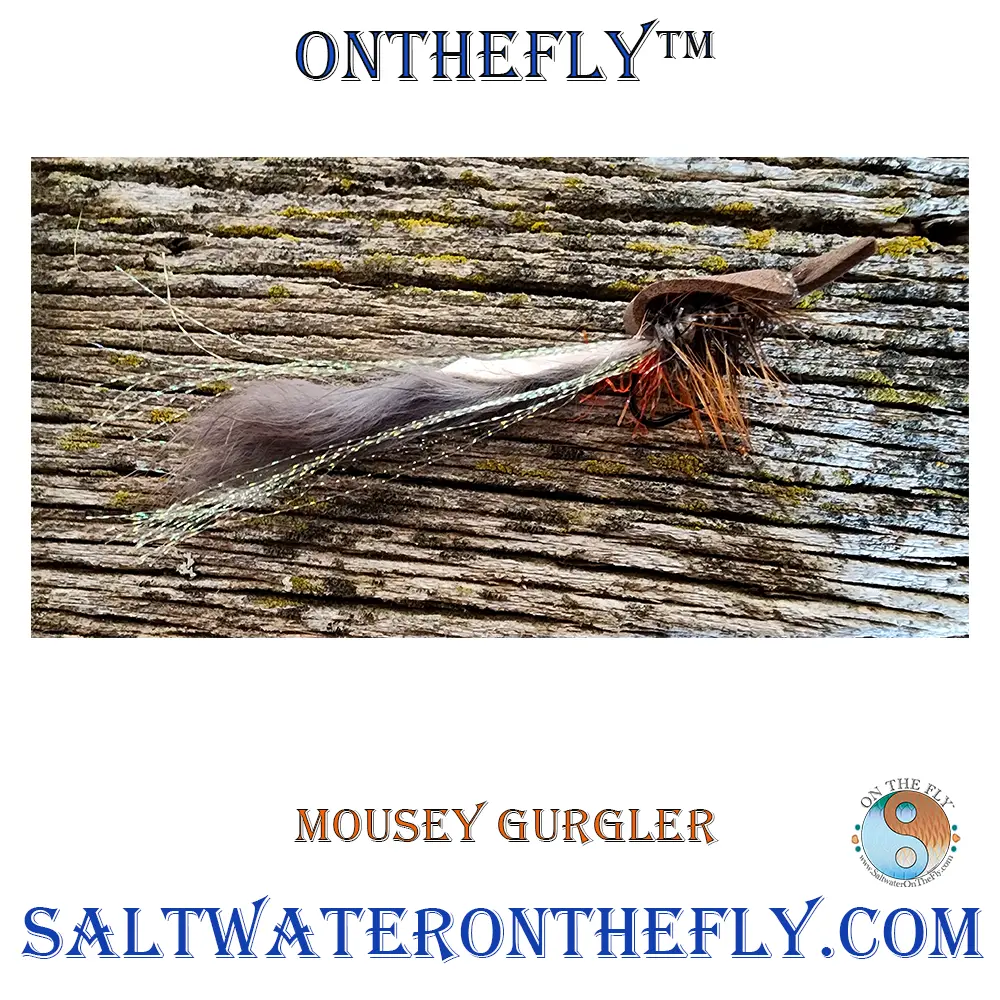
Top Destinations for Surf Fly Fishing in New England
New England’s coastline, renowned for its rugged beauty and bountiful striped bass populations, is a surf fly fishing paradise. Let’s take a deeper dive into some of the top spots for surf fly fishing.
Montauk and Montauk Point State Park
When it comes to surf fly fishing, Montauk Point State Park, situated on the easternmost tip of Long Island in New York, is hard to beat. It boasts some impressive statistics with more than 70 species caught annually. The currents around this park offer ideal conditions for feeding fish which make it an angler’s haven.
The fall season witnesses massive schools of striped bass migrating past Montauk point making their way southwards as they chase baitfish like herring and bunker. But don’t be fooled into thinking that you can only find stripers here; Bluefish also abound these waters during spring through autumn providing anglers with ample opportunities year-round. Surf Fly Fishing New England for Striped Bass
Brenton Point State Park and Cape Cod Canal
Moving northward along the coast we land upon Brenton Point State Park. Situated in Rhode Island at the southernmost tip of Aquidneck Island where Narragansett Bay meets Atlantic Ocean – Brenton provides plentiful opportunities to cast your line into swirling tides teeming with hungry fish.
Fly fishermen should not miss out on visiting Massachusetts’ iconic Cape Cod Canal. The 7-mile-long canal is a migration highway for stripers and the fish here are known to put up quite a fight. A challenge, yes, but oh so rewarding when you reel in that monster bass.
Whether it’s the prolific Montauk Point or Brenton Point’s scenic beauty, New England offers surf fly fishing spots that cater to every angler’s taste. Gather your tackle and hit the beach – New England’s surf fly fishing spots are just waiting to be explored.
Striped Bass Tips:
Discover the thrill of surf fly fishing at New England’s top spots. With Montauk Point State Park’s bountiful species and Brenton Point State Park’s scenic allure, your angling adventure awaits. Don’t forget Cape Cod Canal – a true challenge with rewarding striped bass catches. So grab your gear and hit these waters.
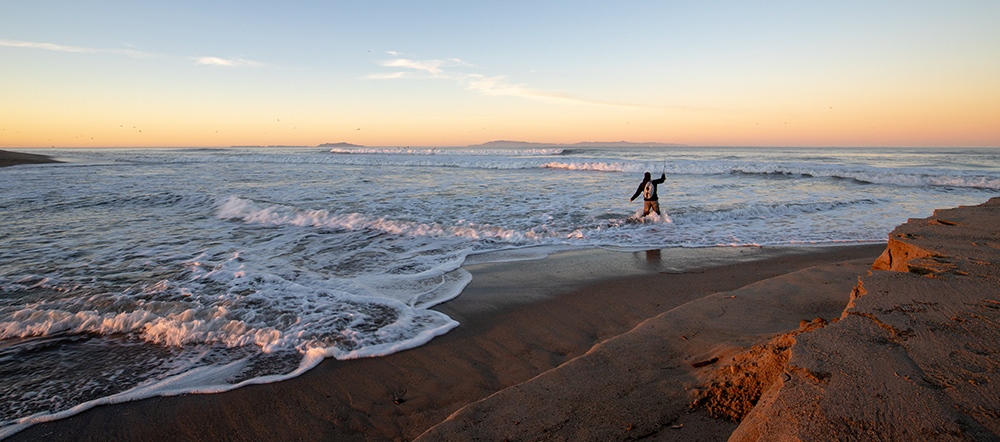
Understanding Striped Bass Behavior and Habitat
Striped bass, or Morone saxatilis, have a unique behavior that sets them apart from other fish species. Their nomadic lifestyle takes them on incredible journeys up and down the Atlantic coast.
A fascinating fact about these striped travelers is their dual habitat preference. They love both freshwater and saltwater environments. But it’s not just a random choice; there are reasons behind this unusual habit.
The key to understanding this duality lies in their life cycle. Newly hatched stripers begin their journey in freshwater rivers where they spend the first few years of life before migrating towards salty seas for breeding purposes (Mass Gov).
So if you’re trying to catch one, remember: location matters.
The Migration Pattern of Striped Bass
Besides changing habitats with seasons, another interesting trait of striped bass is its migratory pattern – quite an adventurous feat. Typically, they migrate north during springtime when water temperatures rise above 50°F (10°C), seeking cooler waters (Chesapeake Bay Program).
In fall, as water temperature drops below 55°F (13°C), they head south back into warmer areas like Chesapeake Bay which serves as the primary spawning ground for many East Coast stripers (Maryland Sea Grant).
So timing your fishing trips can be just as important as the location.
Striped Bass Feeding Habits
Let’s now discuss the feeding behavior of striped bass. Striped bass are opportunistic feeders and primarily nocturnal hunters. They love to dine on small fish like herring, menhaden, anchovies, and even crabs.
It seems our striper friends have a knack for timing their meals. They prefer to dine at dawn or dusk when their prey is most active, according to NOAA Fisheries. This strategy helps them catch more food and stay nourished as you Surf Fly Fishing New England for Striped Bass.
Striped Bass Tips:
Striped bass, known for their nomadic lifestyle and dual habitat preference, roam freshwater rivers in early life stages before migrating to salty seas. They move north with rising spring temperatures and return south during fall’s chillier days. Striped bass are nocturnal hunters who enjoy dining on small fish at dawn or dusk when their prey is most active.
Recognizing Striped Bass Feeding Signs
So, you’re out there in the surf with your fly rod, and you’re asking yourself – “Where are all those striped bass hiding?” Let me give you a tip. They’re not playing hide-and-seek; they leave signs when they feed.
The first sign to look for is birds. Yes, our feathered friends aren’t just enjoying their flight; they often lead us right to the fish. If birds are diving, that’s usually because striped bass are pushing baitfish to the surface. The scene can be quite dramatic.
Besides bird activity, another hint of feeding stripers is jumping baitfish trying to escape hungry mouths below. It’s like watching an action movie where everyone tries to get away from the bad guy.
Fishy Ripples and Boils
Rippling water or “boils” as anglers call them, can also indicate feeding activity underneath. These boils happen when striped bass attack schools of baitfish close enough for surface disturbance but far enough not have a full breach.
Surfcasters know these ripples mean business – it’s time cast your line.
Night Fishing Indicators
Fishing at night? Don’t worry. There’s no need for Batman-style gadgets here. Listen closely instead: sounds of splashing or churning waters might be indicative of a nearby striper buffet going on in complete darkness.
But, remember to stay safe. The fish aren’t going anywhere.
Catching a striped bass in the surf can be like playing detective – you have to pick up on their clues and act fast. It’s an adrenaline rush that keeps anglers coming back for more.

Tackle Essentials for Surf Fly Fishing
Surf fly fishing is an art form, and just like any artist needs the right tools to craft their work of art. In this case, it’s a striped bass on the end of your line.
The first thing you’ll need is a sturdy fly rod. But not just any rod will do – look for one between 9-10 feet long with enough backbone to cast into the surf but flexible enough to make that killer presentation.
Rods and Reels
When it comes to Fly reels, choose a saltwater-proof model with plenty of capacity for backing. Striped bass are known fighters so get ready for some serious reeling action. You’ll want something strong like an 8-weight reel as part of your setup.
Additionally, consider getting yourself a large arbor reel; they retrieve line more quickly which can be essential when those feisty stripers decide they’ve got other plans. Surf Fly Fishing New England for Striped Bass requires skill and fineness.
Fly Lines
A good quality floating or intermediate sinking fly line should also be in your arsenal. These lines offer versatility allowing you to present flies at different depths depending on where the fish are feeding.
Tippet Material & Leaders
You’ll also want robust leaders and tippets able withstand New England’s rocky coasts. A 20lb fluorocarbon leader attached by means of loop-to-loop connection gives excellent turnover while maintaining stealthiness under water – making sure that trophy striper sees your fly, not your line.
Lastly, don’t forget a stripping basket. It’s like the cup holder of surf fishing – it might seem optional until you try to manage without one.
Preferred Flies for Striped Bass
Catching striped bass in the surf is like a thrilling game of chess. You need to know your opponent’s favorite treats and then present them just right.
One proven winner with stripers is Surf Candy flies. These flashy little numbers imitate small baitfish, one of the striper’s top menu items. The reflective materials catch their eye, making it almost irresistible.
Another hot ticket item on the striper menu? Sand eels. Yes, those tiny creatures wriggling around at your feet can be magic when tied into a fly. My personal recommendation would be a simple Half & Half Clouser Deceiver Fly, an ideal blend of two famous patterns: the Clouser Minnow and Lefty’s Deceiver.
Art of the Sport Presentation
Fishing isn’t just about having tempting morsels; it’s also how you serve up that dish. Stripers are smart critters; they don’t fall for any old trick in the book. It takes some finesse to fool these fishies.
To make sure your offering doesn’t go unnoticed, use techniques such as “strip-set”. This method helps keep tension on the line so that once Mr.Striper bites down on what he thinks is dinner – gotcha.
Fly Pattern Alternatives?
If Surf Candies or sand eel impersonators don’t do the trick, fear not. There’s more to a striper’s diet than just these delicacies.
For instance, you could use crab or shrimp flies. Striped bass have been known to enjoy crustaceans as part of their balanced breakfast…or lunch…dinner too.
Shrimp patterns, like Bonefish Bitters and EP Shrimps are great options here. Just remember: variety is the spice of life – even for striped bass.
Popular Fly Patterns for Striped Bass
If you’re keen on catching striped bass, choosing the right fly pattern is a crucial step. It’s like picking out the perfect attire for an event – you need to dress your hook to impress.
The Clouser Minnow, with its weighted eyes and long slender profile, is one of the most popular patterns among seasoned anglers. Orvis Guide to Clouser Minnows. The color combinations can be tweaked based on local baitfish species or water clarity.
A slight variation from this is the Half & Half (Half Deceiver/Half Clouser). Its larger profile and more pronounced movement in water make it irresistible for hungry stripers. Global Fly Fisher: Tying Half & Half.
- The Lefty’s Deceiver is another top pick. This streamer fly designed by Lefty Kreh has proven effective time and again because it imitates various types of prey fish.
- Gurglers are surface flies that mimic wounded baitfish making them a hit during low light conditions when stripers hunt near the surface.
- Last but not least we have Surf Candies – these epoxy-bodied flies do well in clear waters as they replicate small translucent baitfish perfectly.
It’s worth noting that the success of these designs can be impacted by multiple elements, like tide level, water temperature and even the hour. So having a range in your fly box is never a bad idea.
Remember though, it’s not just about what you use but how you use it. Each pattern requires its unique retrieve style to make sure it swims convincingly enough for stripers to bite.
Best Times for Surf Fly Fishing in New England
Knowing when to cast your line can make a world of difference. In New England, the peak times for surf fly fishing are spring and fall, particularly May through June and September through October. This is because striped bass, the main target species in these waters, migrate along the Atlantic coast during these periods.
The magic really starts as water temperatures begin to rise above 50 degrees Fahrenheit (StriperSpace). Striped bass leave their winter grounds from Chesapeake Bay and head northwards up to Maine following schools of baitfish such as herring and mackerel.
In spring (May-June), they are on their way north which makes areas like Cape Cod hotspots for action-packed fishing adventures. On the other hand, autumn sees them returning south with plenty of hungry fish patrolling coastal waters making places like Montauk Point an angler’s paradise.
Besides seasons though there’s another trick: time of day matters too. As any seasoned angler will tell you – early morning or late evening is often prime time when it comes to surf fly fishing (TheFlyCrate). These “magic hours,” just around sunrise or sunset offer excellent opportunities due to lower light conditions that encourage fish feeding activity closer to shorelines where flies can reach them effectively.
To sum it up: grab your gear in May-June or September-October; set those alarms bright & early or prepare for some night casting fun under starlit skies. It’s all about timing.
Conservation Measures for Striped Bass
The future of striped bass, a favorite among surf fly fishers in New England, hinges on our collective efforts to protect them. Just as we need regulations to manage traffic flow and avoid chaos on the roads, so too do we need measures to safeguard these majestic creatures.
One such measure is the slot limit regulation. The Massachusetts Division of Marine Fisheries, for instance, allows anglers to keep only one striped bass per day that falls within 28-35 inches – not smaller or larger.
This rule helps ensure that young ones get a chance to mature and reproduce before they end up at the dinner table. At the same time, it protects large females who produce more eggs than their younger counterparts – sort of like how veteran bakers tend to whip up bigger batches of cookies compared with newbies.
Another important conservation method involves closed seasons during spawning times. It’s like giving fish an uninterrupted ‘vacation’ so they can focus solely on reproduction without having hooks interrupting their ‘me-time’. Think about it: wouldn’t you prefer some peace while preparing your world-renowned lasagna?
- Catch-and-release practices: This is when anglers catch then immediately release striped bass back into its natural habitat – kind of like playing tag with your buddies but underwater.
- Fishing gear restrictions: Certain types are banned due because they harm marine life indiscriminately – akin to using dynamite instead of a slingshot in an apple orchard.
All these actions work together just as ingredients blend in making perfect clam chowder. By following these measures, we ensure that striped bass populations thrive for future generations to enjoy the thrill of surf fly fishing.
FAQs in Relation to Surf Fly Fishing New England
Can you fly fish from the surf?
Absolutely. Surf fly fishing is an exhilarating experience that requires skill and patience, but it’s entirely possible with the right gear and technique.
What is the best rod for fly fishing in the surf?
The optimal rod for surf fly fishing usually measures around 9-10 feet long, providing a good balance of casting distance and control.
What fly line is best for surf fishing?
Fly lines designed specifically for saltwater conditions are ideal. They should be durable, quick-sinking, and able to withstand strong winds common at seafronts.
Is saltwater fly fishing hard?
Saltwater fly fishing can pose challenges due to windier conditions and larger fish species like striped bass. But with practice, anyone can master this thrilling sport.
In Conclusion of Surf Fly Fishing New England for Striped Bass
Surf fly fishing in New England, it’s more than just a sport. It’s stepping into history and embracing the thrill of chasing striped bass.
You’ve navigated top spots like Montauk Point State Park and Brenton Point State Park. You dove deep into understanding striped bass behavior, habitats, and migration patterns.
Your tackle box is now loaded with essentials needed for this adventure along with effective bait types for luring those mighty fish. Your eyes are trained to spot feeding signs at dawn or beneath crashing waves.
Remember conservation measures – they protect these fascinating creatures we’re privileged to chase. And always plan your trips around their active times for maximum success!
Savvy surfers sometimes resist the urge to always wade out, but staying back can yield desirable results when striped bass are in the surf wash. Currents and structure are two main ingredients of success on the beach. The basic current comes from incoming and receding waves, although wind-driven currents run along the beach. Such areas can be worked by allowing the fly to swing in the current, mending the line as needed to prevent the waves from pulling line, causing an erratic retrieve. Ideally, keep the wind off your casting-side, or walk with the current in between casts.
Look for signs of bait, clear and cloudy water edges, underwater bars and points, the location of calm and white water, and the easiest sign of all, feeding birds.
Fly Fishing Gear for Surf Fishing Striped Bass
Typical striped bass run from small up to the 20-pound range. A popular choice among New Englanders are lightweight arbor reels that can hold 150 yards of backing. Bigger reels can be cumbersome to handle in the surf; more importantly is a large spool diameter that quickly retrieves line. A 10 weight rod and line setup is recommended to do battle with striped bass. Up and down the New England coast, striped bass favor Silversides, Menhaden, Herring, Bay Anchovies and Shad. The standard Clouser Minnow, Lefty’s Deceiver, Gurgler, Game Changer and the classic Surf Candy are go-to’s for surf striped bass.
I personally prefer an eight weight rod for surf fly fishing for striped bass and many other species click here.
Or take a Guided Wilderness Trip in Alaska, Climb Kilimanjaro as well as a Fly Fishing Tour of Italy Adventure Starts Here.

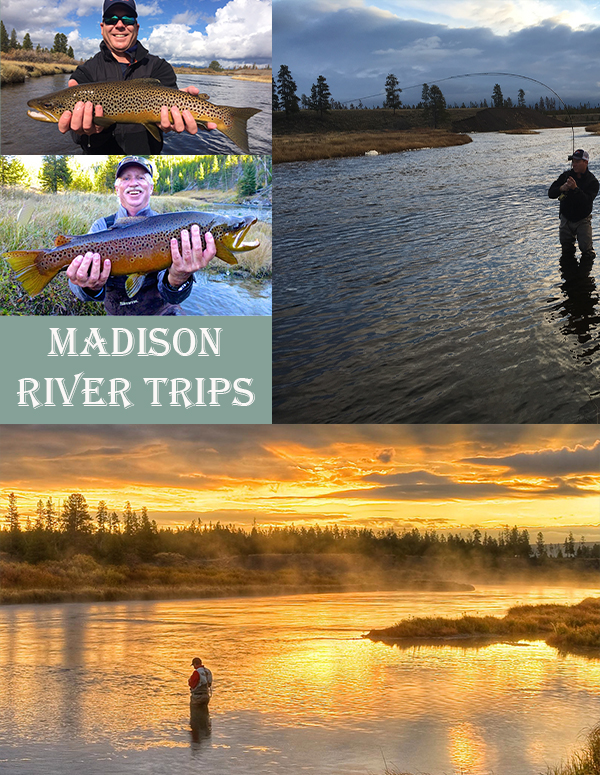
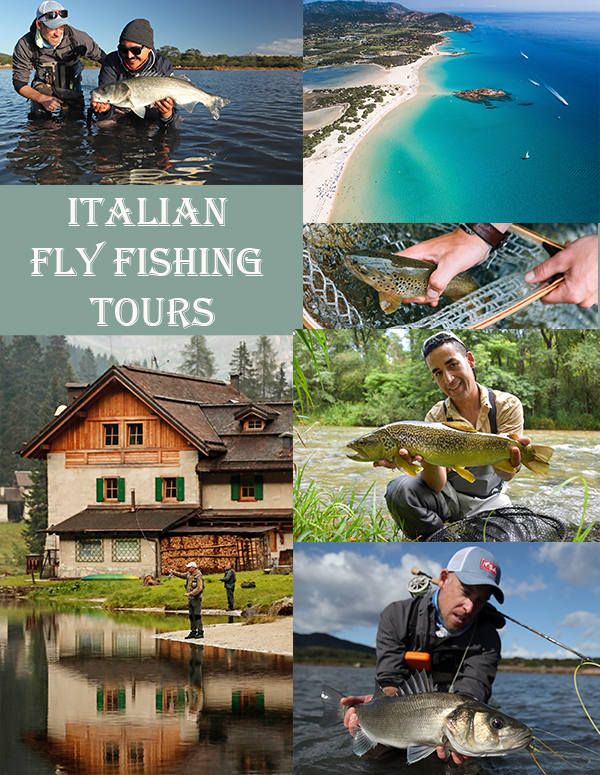

Pick the Correct Apparel for Surf Fly Fishing
picking the correct apparel for sun protection or hydrophobic with wind protection we have you covered. Take a look at our outdoor apparel selection.
